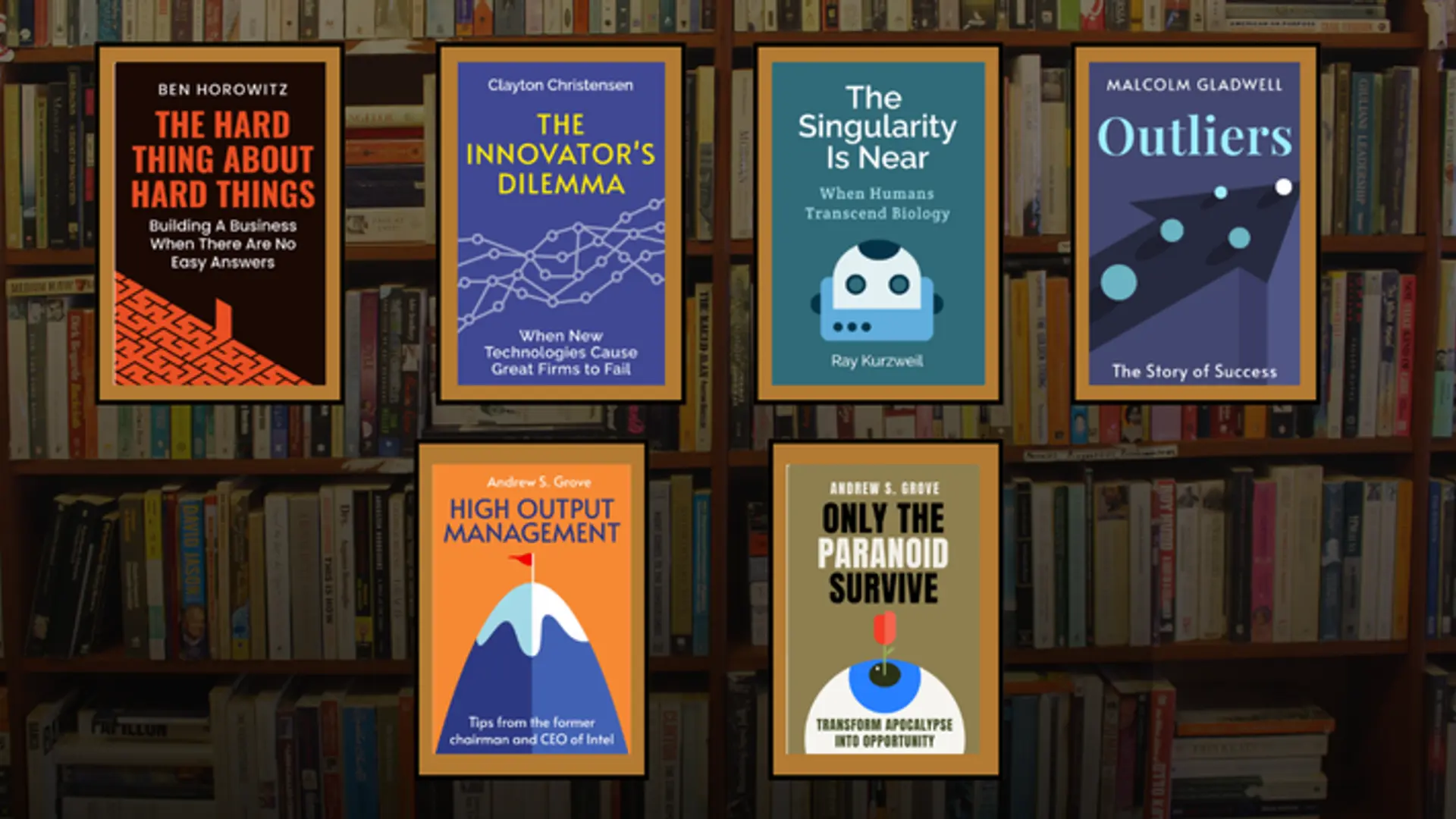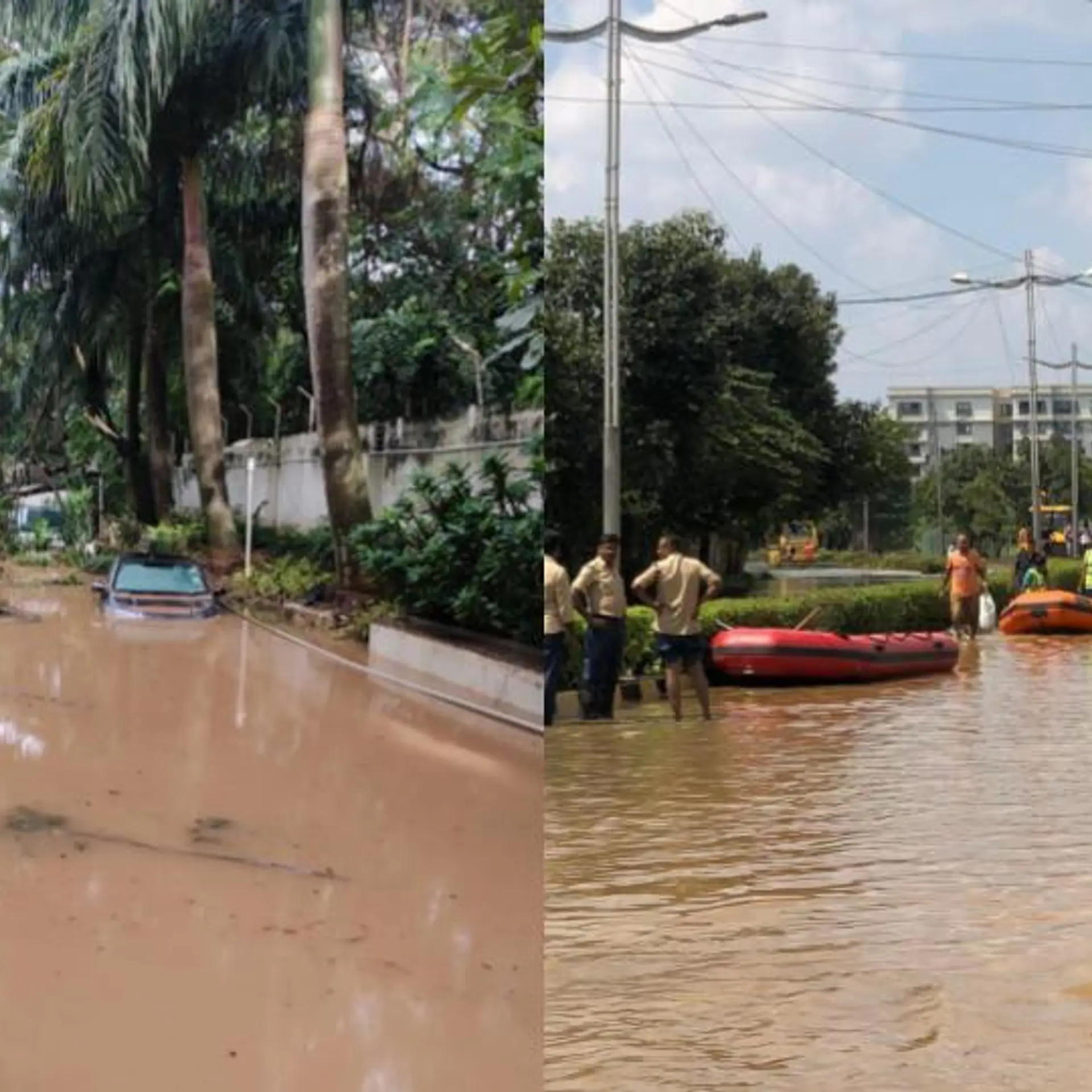Tara's Power Experiments, Solar Lantern, Eye, Heart, and Organ Donation Fill Prelunch Slot at BEACON '11
Sunday February 06, 2011 , 7 min Read

Panel discussions on energy and finance, and health care were organized in the prelunch session of BEACON '11, the fifth business ethics conference organized by LIBA. Madura Microfinance, d.light, Arvind Eye Care Systems, Narayana Hrudalaya and MOHAN were showcased as successful social innovations to students.
Madura Microfinance: Social innovation in microfinance
Microfinance is aimed at providing rural poor with access to credit. But for Dr. Tara Thiagarajan, chairperson of Madura Microfinance, this translates into power that is injected into a system, which has the capability to unleash a whole lot of developments. Understanding the structure and dynamics of the system in which money is pumped in and influencing the mindset and conversation of borrowers would help them venture beyond the circumscribed radius of business, which is typically 3 to 5 kilometers. Explaining how such a transformation can be unleashed using money as the central power weapon, Dr. Tara borrowed from her neuroscience experiment of neurons establishing connectivity even when kept in isolation for two weeks. If neurons are building units of the brain networks and they possess capability to enable brain function by establishing neuronal links, thinking, mindset, and outlook of the rural poor could be effectively channelled to take them beyond their radius of business. Keeping alleviation of poverty as the central theme, Madura Microfinance has launched two initiatives -- Micro-Markets (a classified paper to place ads that reaches 2000 village and 4 lakh customers) and Micro-Education (a mini-MBA comprising 18 modules based on the Madura film Shakthi Pirakkudu) – to help borrowers undergo fundamental transformation in the way they think of what is possible with the money they have borrowed from Madura Microfinance. Dr. Tara's basic belief is money is just the power that is available and to use that power, you need the brain that is capable of thinking and generating ideas, and ideas come only from education and exposure. If these missing links of education and exposure are enabled, ideas can be generated to effectively make use of the money (power).
d.light: Social innovation in affordable lighting
With the singular aim of killing dependence on kerosene, Mandeep Singh founded d.light, a solar portable light production company. Studying customer behavior by staying in a village for sometime and then designing the product based on the needs, testing a pilot before mass launch are the sequence of steps after which the solar light is designed. d.light's solar portable lights are used in 120 countries. For example, a portable lamp costs Rs. 550 and the battery costing Rs. 150 needs to be replaced once in two years. Mandeep launched the book reading lamp priced at Rs. 399 at the conference. For 488 million people in India living without access to power, this product is a boon and is extensively used. After the recent earthquake in Haiti, these lamps were in huge demand. So a simple innovation that addresses a true customer need is reaching beyond borders.
Arvind Eye Care Systems: Social innovation in Eye Care
It is quirky to think of replicating a model like McDonalds that produces burgers with same consistency across the world for eye care. Dr. G. Venkataswamy is a rare visionary who believed this is possible. The confounding factor is 12 million Indians going blind every year, one-fourth of total blind people in the world. The saddening point is 80% of the blindness-causing effects are curable and preventable. As eye deficiency is not a life-threatening illness, the rural poor does not find it fit to see a doctor till blindness sets in. Understanding this behavior of the fellow countrymen, Arvind Eye Care System arranged for outreach camps where doctors and paramedics to deputed a community gathering (typically in a community hall or an open ground) of patients to attend to the eye illnesses of the poor. Only 7% of the people were benefitted by outreach programs. Arvind Eye Care embarked on a telemedicine model to reach out the left over 93% where a mobile van goes to a village and through telemedicine technology, remedies are handed out to the patient.
Arvind's cost-effectiveness comes from charging people who can afford and providing free treatment to people who cannot, thus combining social good with business. As cataract surgeries underwent a fundamental change with planting intraocular lenses in the eyes which typically cost $100, Arvind set up Auro Labs to produce these lenses at $2 without compromising on quality. These lenses are used in 120 countries now and they enjoy a 7% world market share.
To overcome manpower issues, 300 high school girls are recruited annually and they undergo paramedical training for two years so that they carry out preoperative functions in a cataract operation, thus enhancing the efficiency of the doctor performing the operation. Arvind's productivity is highest in terms of operations performed in a day. Preetha Pradhan, Senior Faculty, LAICO (Lion Arvind Institute of Community Ophthalmology) who presented on behalf of Arvind Eye Hospital said the programs are designed for "non" customers.
Narayana Hrudalaya: Social Innovation in Heart Care
Using Wal-Mart model of low cost, high volumes, Narayana Hrudalaya attends to the rural population, as Indians are three times more vulnerable to a heart disease. Only 80,000 of the 2.5 million heart surgeries that are needed are performed every year. Using a microinsurance scheme Yeshashwini in which a villager pays Rs. 5 a month to cover for more that 1600 types of surgeries, Narayana Hrudalaya has been able to make heart surgery affordable. Using the telemedicine model, patients from remote parts of India access the medical expertise of cardiologists at the hospital in Bangalore. Where telemedicine is not available, Hrudaya Post is introduced where the villager submits all the documents through the post office to a doctor in Bangalore from remote parts of Karnataka and the doctor using technology aids reviews all the documents remotely to suggest next course of action. Several initiatives are undertake to help pediatric cardiac patients, who constitute a chunk of the heart patients. Dr. Vijay Singh, COO, Narayana Hrudalaya, gave a presentation of various initiatives at the conference.
MOHAN: Social innovation in organ transplant
Dr. Sanjay Shroff, founder of MOHAN, is a bundle of energy and the passion he displays for organ transplant is unmatchable. Multi Organ Harvesting Network (MOHAN) facilitates organ transplant of all kinds. It was found that road accidents cause major fatalities in India and organ harvesting from brain dead patients proves to be a cheaper option. Intense counseling is given to the relatives of the brain dead patients to donate their organs. In last five years, MOHAN has contributed 30,000 transplants. To show that people with transplants can lead a normal life, a SAARC Sports Event was held in 2003 to create awareness. 184 lives were saved in Chennai in the last year, equivalent to a saving of Rs. 3 crore. People suffering from end-stage kidney disease (ESKD) constitute the majority of transplant patients. Diabetes is highly prevalent in India, with 120 million people affected by it, making the country diabetes capital of the world. Dr. Shroff presented the challenges posed to MOHAN as it is an NGO.
--Venkatesh Krishnamoorthy, chief evangelist, is tempted to believe that most of the social innovation models are replicable in emerging markets and India has the capability of becoming a forerunner for social innovation in emerging markets.






